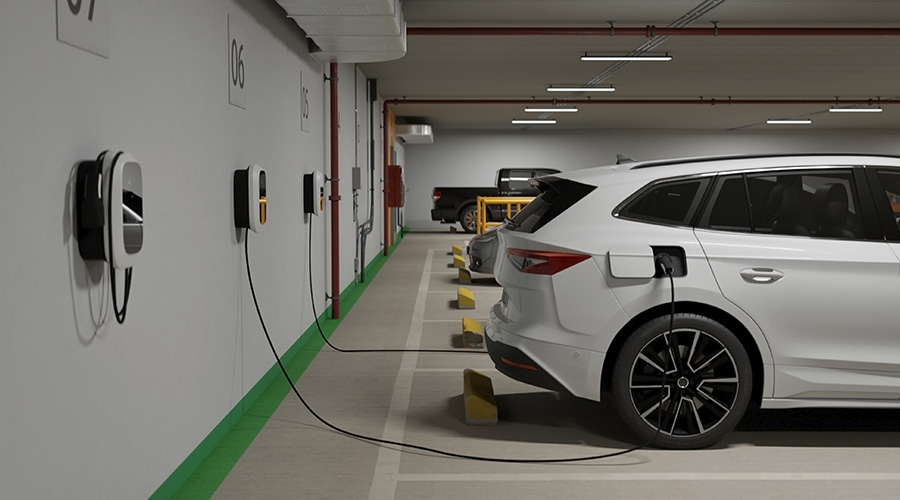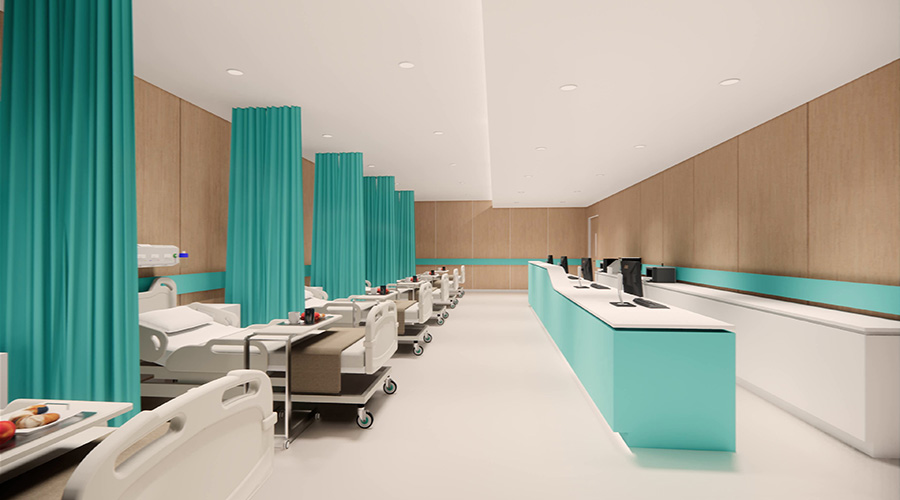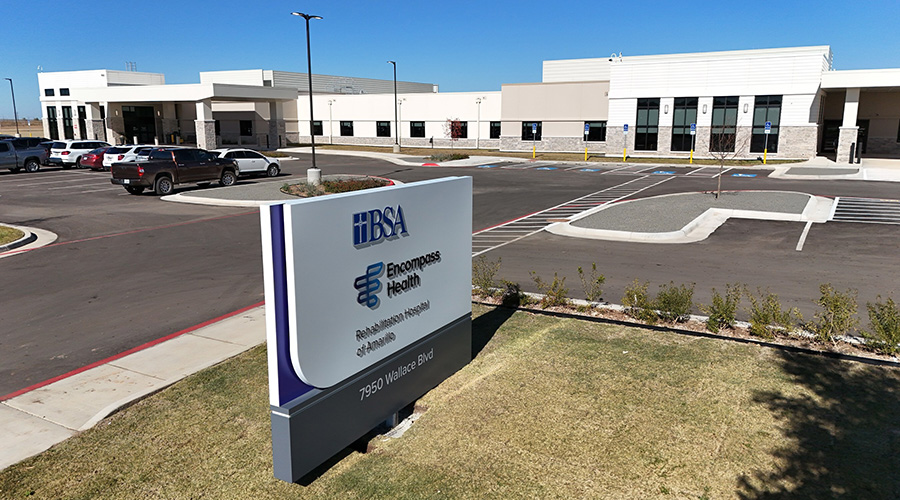Building commissioning (BCx) is a structured, quality assurance process intended to ensure that a completed building meets the owner’s requirements. That’s especially true of healthcare facilities. It is so critical to the successful operation of every healthcare facility that the American Society for Healthcare Engineering (ASHE) has written the Health Facility Commissioning Guidelines and the Health Facility Commissioning Handbook as resources for implementing commissioning in healthcare projects.
However, these documents are only truly meaningful if they are used in conjunction with input from the facility management team. Indeed, facility managers are crucial to a successful commissioning process, according to an article from Building Operating Management on the FacilitiesNet website.
Commissioning should be part of the overall business plan for every new healthcare facility, as well as facilities being considered for expansion or remodeling. Common targets of commissioning include the building envelope, mechanical, electrical and plumbing (MEP) systems, medical gases, fire and safety systems, refrigeration, and elevator systems.
But keep in mind that commissioning is a process, not just a single event, task list, test, or inspection. It occurs throughout the building life cycle and is broken into four phases: pre-design, design, construction, and operation.

 EV Charging Stations: Planning for Safety, Convenience, Expansion
EV Charging Stations: Planning for Safety, Convenience, Expansion Why Ambulatory Surgery Centers Are Turning to Dedicated HVAC Systems
Why Ambulatory Surgery Centers Are Turning to Dedicated HVAC Systems Ground Broken on UW Health University Row Medical Center
Ground Broken on UW Health University Row Medical Center Better, More Thorough Cleaning Saves Lives
Better, More Thorough Cleaning Saves Lives Encompass Health Opens the Rehabilitation Hospital of Amarillo
Encompass Health Opens the Rehabilitation Hospital of Amarillo